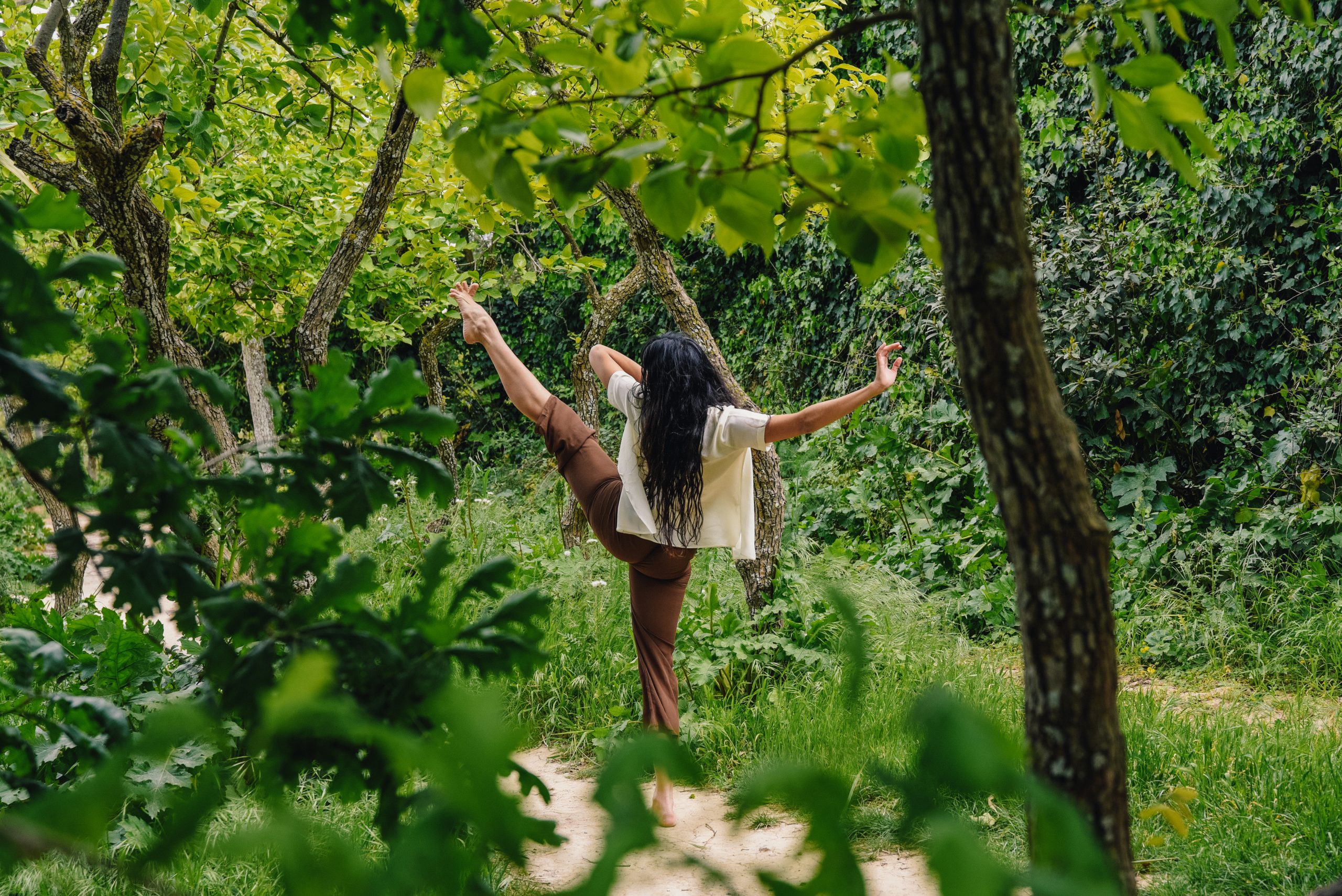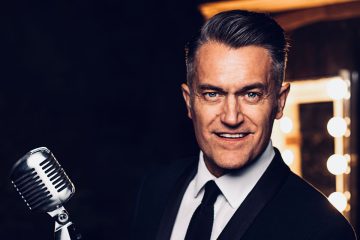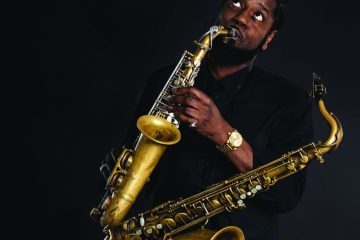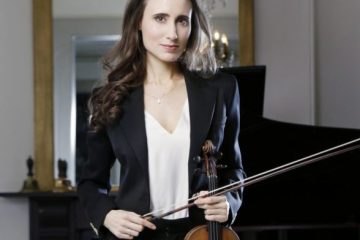Gaia – Gaian Thinking is not a Luxury

As part of the Global Dance Film Project in partnership with Dancin’ Oxford, Oxford International Links, Mandala Theatre and Ashtar Theatre’s International Digital and Live Festival, OFA has commissioned a dance piece called ‘Gaia – Gaian Thinking Is Not A luxury’ that has been performed by Contact Dance Company around stunning locations in Malta.
Dr Michelle Castelletti, Director, Oxford Festival of the Arts explains how the commission came about:
As soon as I started discussing Artivism with Yasmin (Mandala Theatre), I immediately knew we had to create a work about our planet. I also immediately knew it had to be dance – the literal embodiment of artistic expression: one of the most powerful ways for the arts to speak. And so I knew precisely who I wanted to work with and commission: Francesca Tranter (choreography), Ruben Zahra (music), Emma Tranter (film). The concept was born. The brief was created. Discussion ensued. The possible interpretations, multifarious. Gaia: Mother Earth; construction/destruction; Chaos (mythology); divinity; climate change and carbon footprint; power; manipulation; cultural diversity; our earth; our planet; our universe; beauty; harmonic stillness; vastness. Gaia and ‘home’…
This is GAIA.
Francesca Abela Tranter, Choreographer, describes the creative process
I was thrilled to create this digital dance video for Oxford Festival of the Arts. It arrived at the strangest of times, we were in our second lockdown with all sorts of manic panic restrictions. As a choreographer, I naturally feed of the physical presence of bodies in the creative process nonetheless the creative juices were still bubbling needing to surface urgently. Moving away from the myth of Gaia and all its divine personification of the earth and the matriarch of all things in existence, I wished to project the very small part of the earth that we exist on, the island of Malta. Home. When we reflect on Gaia we envisage the Earth as a superpower, with super living organisms that operate our environment. It does in every sense of the word. But we are the super living organisms that fight through it. The creative process took place online under the second harsh lockdown, as we reached through the digital web for connection in our small spaces in our homes yearning for touch as performing artists do. Finally getting together in an open space dealing with the natural elements seemed to almost be experienced as a first time, to breath, feel the wind on our face, the sun beating down on us, pushed in gale force winds, touch the soft textures of the water and sand, look into the horizons deep ocean, climb and hug long-standing brick ‘sejjieh’ walls and derelict buildings unused and pushed aside. Escaping to sites away from the madding crowds. Every moment felt a wave of individual emotions. No Gaian thinking is not a luxury it is a necessity. How do we find a balance in life in harmony and chaos? Humanity seems to keep questioning if the world is round and what might be the fate of our planet which is a constant puzzle. Resolve = Acceptance, harmony and chaos coexist, it’s a coalition of Earth’s requirements from humanity us the super living organisms.
A programme note on the music
The piece is divided into three equal parts which correspond to the three-part structure of the choreography. The music for the first section is set into motion by the sound of the oud over a carpet of ocean waves. Though brief and modest, the oud sample establishes a distinctive Middle Eastern identity with its characteristic ornamentation of the melodic lines in minor modes. The oud sample is processed via granular synthesis – a technique that involves the superposition of small fragments of sound, or grains, to create complex, evolving timbres and textures. The same notes played on the oud (F-G-G#-A#) are applied to generate the two other stems of the music: a pedal of stretched organ tones and a sequence of notes randomly plucked, imitating the slow tempo of the oud. The second section portrays a contrasting industrial setting. The sound palette here is primarily comprised of metallic percussion. Rhythmic strands of tin cans, metal pipes and buzzing strings lead to a bright vibraphone solo. The music maintains its dissonant compulsive character throughout the section until it resolves to an organic groove in the third section. In the final section the oud sample reappears on a different mode and, as in the first section, the notes of the mode (C-C#-E-F) inform all the other music content. This section presents a variety of musical textures: the initial rhythmic clicks are reminiscent of a flamenco pattern and a randomly generated sequence of particles evokes a new-age ambiance, leading to a melodic improvisation accompanied by rhythmic fragments on the kalimba. The final section conveys a positive and optimistic disposition as the music swings to an organic pulse and consonant melodic lines.


